PPR Pipes: The Eco-Friendly and Durable Plumbing Solution
- Introduction
- What are PPR Pipes?
- Advantages of PPR Pipes
- Installation of PPR Pipes
- Maintenance of PPR Pipes
- Applications of PPR Pipes
- Conclusion
Introduction:
Polypropylene Random Copolymer (PPR) pipes are becoming increasingly popular in the plumbing industry due to their eco-friendliness, affordability, and durability. PPR pipes are made from a thermoplastic material that can be molded into different shapes and sizes. They have several advantages over traditional metal pipes, including their lightweight construction, resistance to corrosion, and lower chances of leaks. In this article, we will delve deeper into the properties of PPR pipes, including their composition, installation process, and maintenance requirements.
What are PPR Pipes?
PPR pipes consist of three layers – an inner layer, a middle layer, and an outer layer. The inner layer is made from food-grade polypropylene, which makes it resistant to bacterial growth and corrosion. The middle layer is made of fiberglass-reinforced material, which provides extra strength and stability to the pipe. The outer layer is made of another layer of polypropylene, which adds an additional layer of protection against degradation and damage.
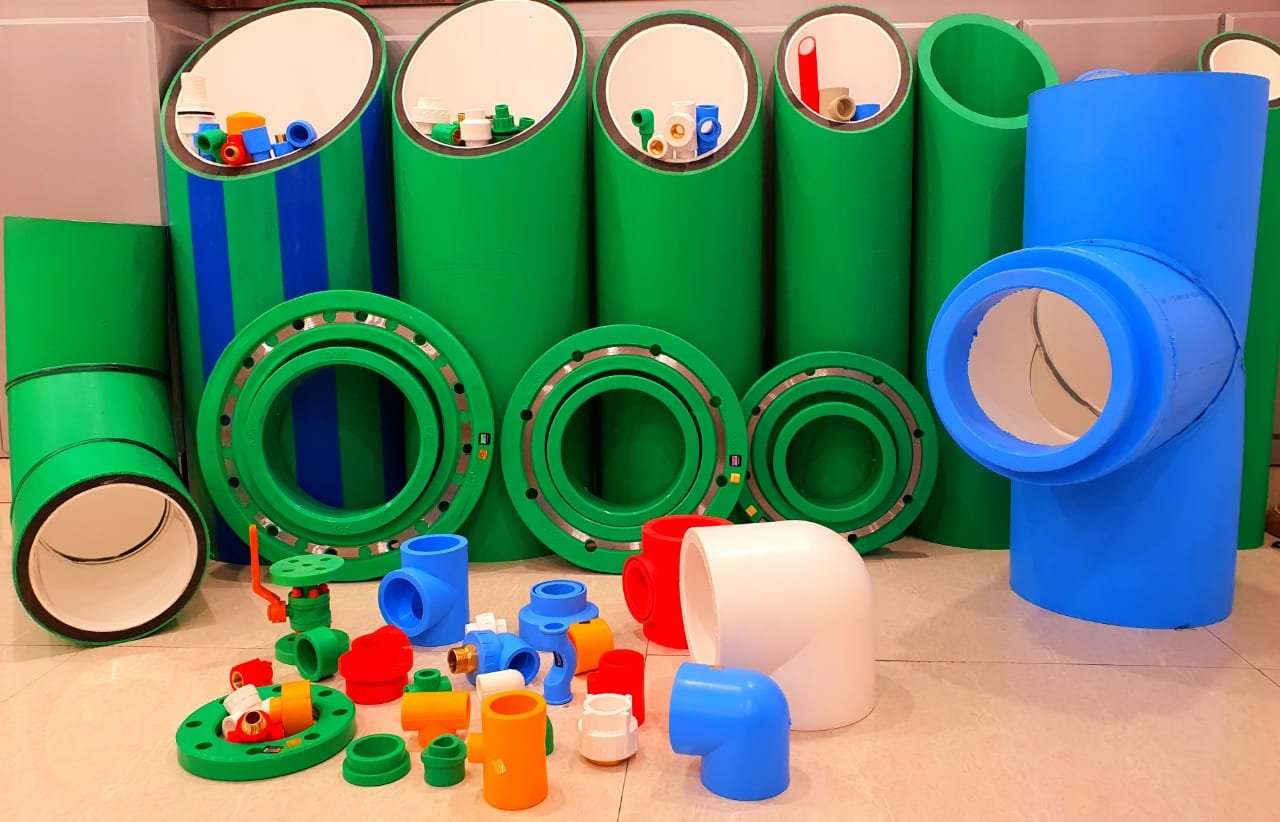
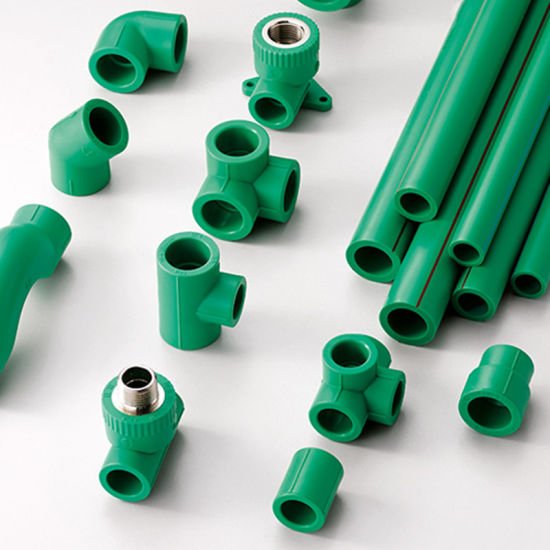
Advantages of PPR Pipes
PPR pipes have several benefits over traditional metal pipes. Firstly, they are lightweight, making them easy to transport and install. Secondly, they are corrosion-resistant, making them less prone to leaks and other forms of damage. PPR pipes are also eco-friendlier than traditional metal pipes, as they do not contain toxic materials that can harm the environment. Lastly, PPR pipes are more affordable than other types of piping materials, making them a popular choice for residential and commercial plumbing applications.
Installation of PPR Pipes
The installation of PPR pipes is a straightforward process that requires minimal tools and equipment. The first step is to determine the location of the pipes and the desired length of the piping system. Once this is determined, the pipes can be cut to size using a pipe cutter. The next step is to insert the pipes into the fittings, which are typically made of brass or other metals. The fittings are then heated using a specialized tool, which melts the plastic and fuses it to the fitting. Once the fittings are in place, the pipes can be connected to the plumbing system using standard plumbing techniques.
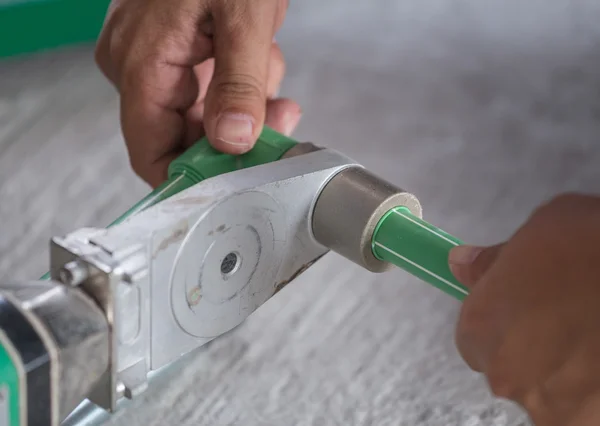
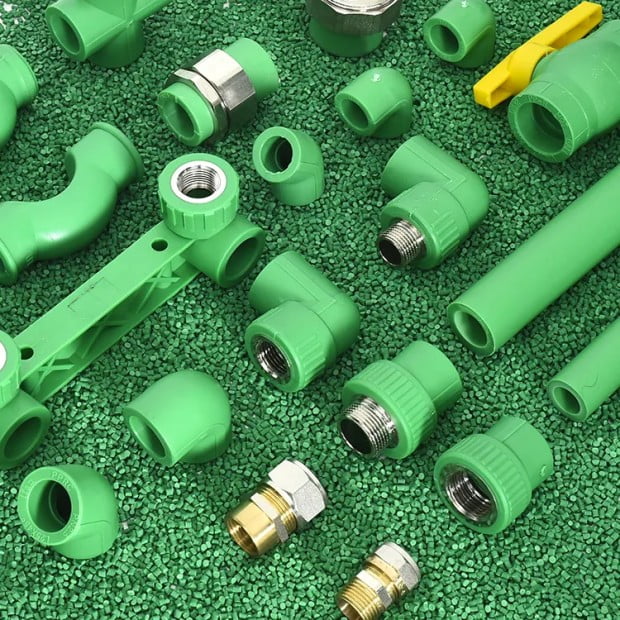
Maintenance of PPR Pipes
PPR pipes require minimal maintenance, as they are resistant to corrosion and bacterial growth. However, it is essential to ensure that the pipes are not exposed to extreme temperatures, as this can cause them to warp or degrade over time. It is also vital to periodically inspect the pipes for any signs of damage, such as cracks or leaks. If any damage is found, it should be repaired as soon as possible to prevent further damage to the plumbing system.
Applications of PPR Pipes
PPR pipes are widely used in plumbing systems for residential, commercial, and industrial applications. They are also used in heating and air conditioning systems, as well as in chemical processing plants and water treatment facilities. PPR pipes are particularly useful in applications that require resistance to corrosion and bacterial growth, as well as those that need a lightweight and durable piping system.
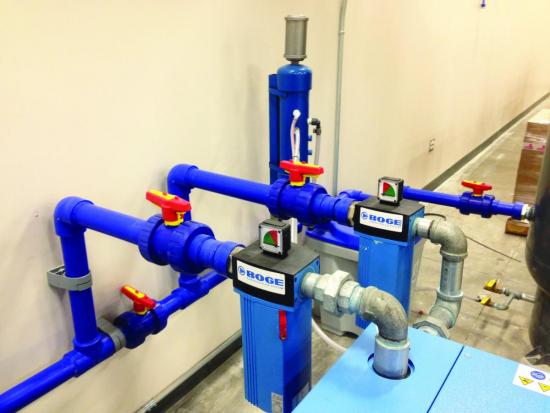
Conclusion
In conclusion, PPR pipes are a cost-effective and reliable alternative to traditional metal pipes. They offer several benefits, including their eco-friendliness, durability, and lower chances of leaks. The installation process is simple and requires minimal tools and equipment. Maintenance requirements are minimal, and the pipes are suitable for use in a range of plumbing applications. If you are considering installing a new plumbing system, PPR pipes are definitely worth considering as a durable and long-lasting piping solution.
